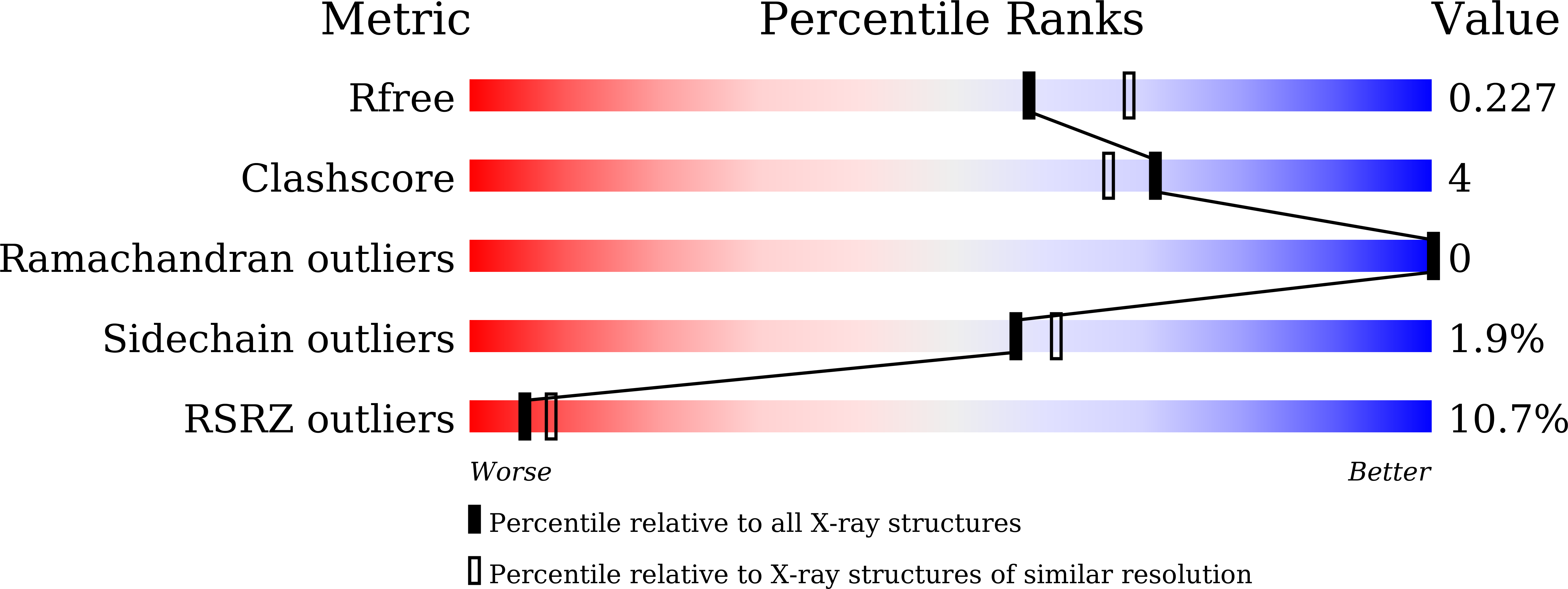
Deposition Date
2023-08-16
Release Date
2024-06-26
Last Version Date
2024-07-03
Entry Detail
PDB ID:
8KFS
Keywords:
Title:
Crystal structure of ZmMOC1/nicked Holliday junction complex at ground state
Biological Source:
Host Organism:
Method Details:
Experimental Method:
Resolution:
2.15 Å
R-Value Free:
0.22
R-Value Work:
0.20
R-Value Observed:
0.20
Space Group:
P 1 21 1


